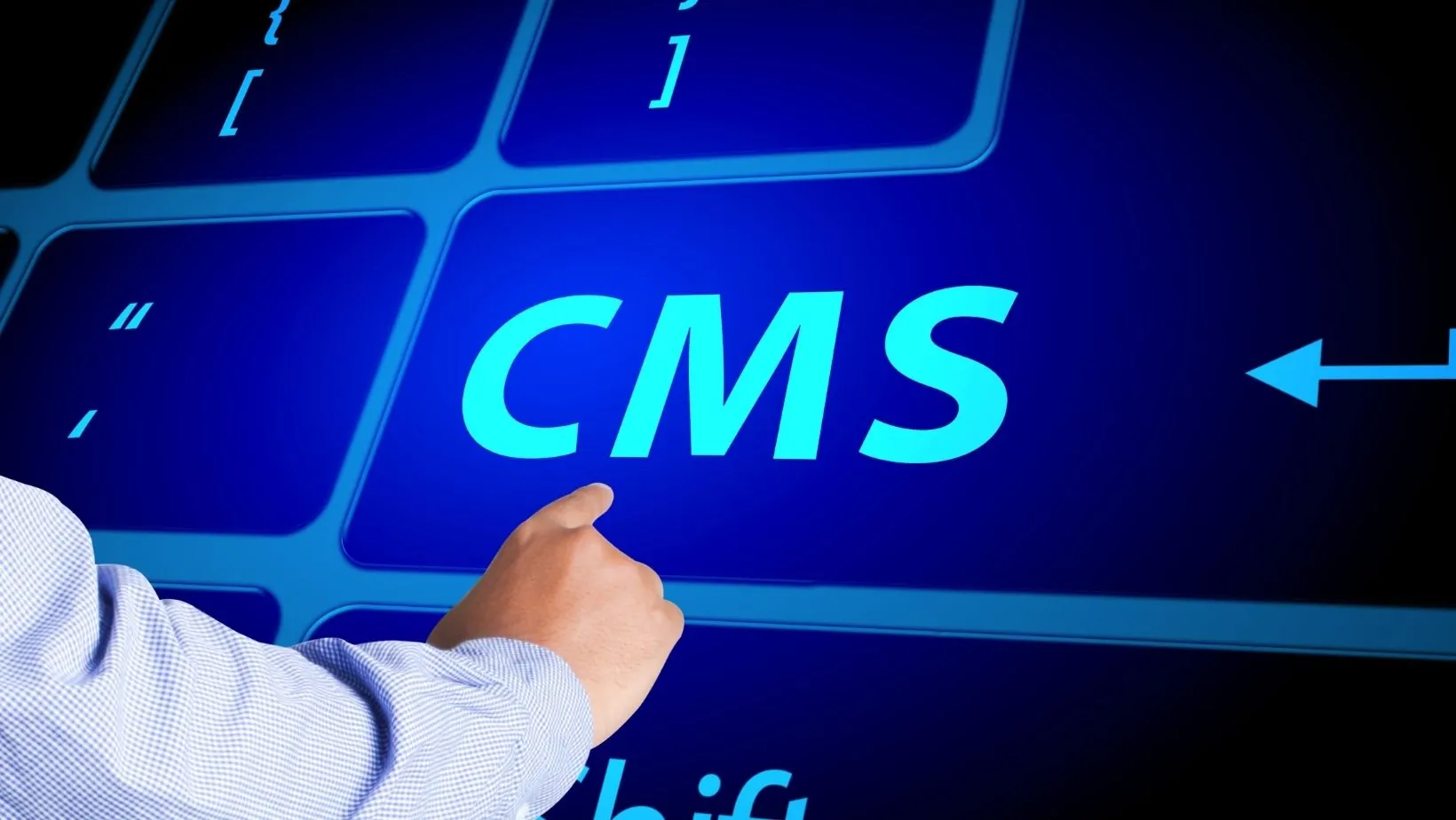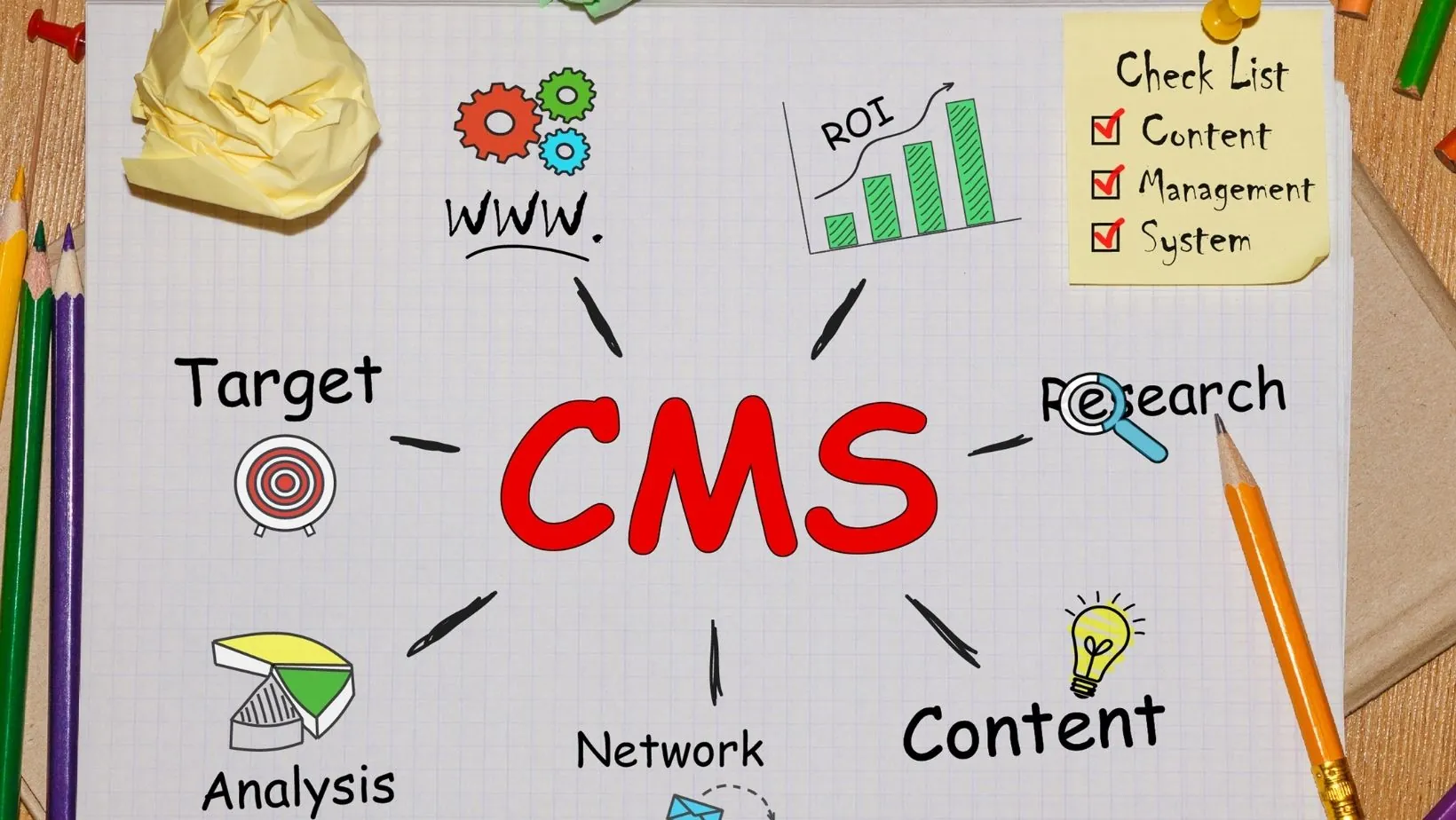A content team is utilized and established differently in a headless CMS environment. That’s because a headless CMS does fundamentally different things. You need a content team to facilitate better and champion a headless approach. This article will explore the use of and establishment of a content team in a headless CMS environment.
Clearly Define Team Roles and Responsibilities
Creating a content team for a headless CMS workflow entails defined roles and responsibilities. A headless CMS might need a content strategist, API specialist, and cross-channel content managers, unlike a regular CMS. Incorporating developers who can use React to dynamically render components also becomes essential, ensuring that content is displayed accurately and responsively across various platforms. Defining these roles establishes the boundaries of what each individual is responsible for, which fosters, in a natural sense, better synergy, increased output, and minimized redundancies.
Hire or Train for Essential Technical Skills
A headless CMS environment typically requires new technological competencies for the whole team. For example, while content creators and editors do not need a vast background in coding, API-driven content delivery, dynamic or modular content creation, and even rudimentary data structuring knowledge can be beneficial. Thus, whether new hires are needed for these particular skills or current employees are trained, the time and money spent will be worth it in developmental and creative collaboration and quicker, higher-quality results.
Promote Strong Collaboration Between Developers and Content Creators
The need for developer/content creator collaboration surrounding a headless CMS approach to workflow is optimal and necessary compared to a traditional CMS. A traditional CMS is not as reliant on APIs, integrations, and rendered content as it is more fixed in what it provides. Thus, ongoing discussions about what is needed from a development standpoint are usually established initially.
For a headless CMS, relative control over integration and high-level development decisions helps focus the efficient yet ever-changing content delivery. More meetings and open lines of communication to ensure a content-focused strategy meets development needs (and vice versa) in the beginning are better for the reliable and timely delivery of content in multiple digital spaces.
Establish Streamlined Content Workflows
Since headless CMSs are modular in terms of workflows, this champions repurposing content elements across different locations. A simplified workflow is knowing your steps from creation to understanding how to review, approve, and publish/distribute across channels. This can be done manually or through some of the headless CMS’s automated workflow capabilities. A simplified workflow implies that content teams don’t have to worry about fail-safes and can work quicker to capitalize on time-sensitive opportunities while simultaneously working on extensive omnichannel efforts without jeopardizing quality.
Appoint Dedicated Content Strategists
Many Headless CMS solutions succeed when content strategists join the effort focused on content creation, target audience identification, and cross-channel publishing strategies. When teams have a content strategist on board, the likelihood of teamwork aligned with the organization’s bigger picture, a better understanding of the customer and their needs, and a focus on what’s possible with the selected platforms increases. Therefore, bringing such a person onto your team apart from the developers and designers establishes an organized, goal-oriented approach to creating and distributing content.
Develop Flexible and Reusable Content Models
Utilize flexible and reusable content models in a headless CMS approach. Enable your team to build what they need and adjust for their needs without starting from scratch every time. In developing such models, the content team should be involved in creating content rapidly while ensuring asset uniformity, flexibility, and usage down the line.
Provide Ongoing Training and Support
In a headless CMS ecosystem, learning will be involved as systems evolve and new digital avenues arise. Thus, it’s essential to implement continuous training and development for your content team. Workshops, webinars, and training days will ensure personnel are up-to-date on best practices and new developments or modifications within your headless CMS to be effective, motivated, and utilize your headless CMS to its full potential.
Leverage Analytics and Performance Metrics
Get your content team to use analytics and performance data from the headless CMS and any third-party integrations frequently. Access to content performance data consistently helps teams know what’s working, what’s ineffective, and what can be changed. Championing this process as part of an everyday workflow fuels the importance of data and daily efforts for a better, more productive experience for you and your audience.
Implement Effective Content Governance
The need for governance becomes critical within headless CMS environments since many team members might simultaneously collaborate on one project. Therefore, a content creation and publishing hierarchy with processes and permissions for creation, editing, publishing, and management is necessary. Such governance promotes quality of content and brand consistency while decreasing the likelihood of errors or duplication of efforts. Furthermore, with adherence to governance, teams work more efficiently, knowing their responsibilities and that the approval process will be streamlined.
Prioritize Omnichannel Content Distribution Expertise
The adaptable quality of Headless CMS accommodates omnichannel initiatives. Thus, if you intend to work with such an arrangement, align your content team with skill sets that facilitate the omnichannel distribution of content. Content team members should be able to effectively distribute and recycle content across all avenues, including web, mobile, IoT, kiosks, and social media. Having this as a consolidated skill set ensures that your content operates forever with a digitized, cohesive, and all-encompassing user experience, no matter how it is delivered.
Foster a Culture of Agility and Flexibility
As your headless CMS will be quick and agile, so should your content team. Encourage your team to learn and play. Change course when new opportunities arise. Encourage flexibility in creation and marketing. An agile culture breeds a team that can stay one step ahead of the market and quickly change content calendars or take advantage of new channels or technologies when the time comes.
Invest in Reliable and Robust Technical Support
Permanent, easily accessible, and strong technical support for your content team is imperative. With headless CMS, troubleshooting contacts and support resources should be accessible and well-documented. A dedicated tech support team prevents downtime and distractions from ongoing processes, allowing content teams to remain stable in productivity with the knowledge that if there’s an immediate concern with a technical issue, help will be at their fingertips.
Regularly Review and Optimize Content Processes
Regularly assessing and improving your headless CMS content operations allows for continuous enhancement, agility, and sustainable gains over time. Creating a regularly scheduled assessment for content operations, initiatives, user engagement, and system analytics means the team can be proactive.
For example, a regularly scheduled time for assessment means that the team can immediately acknowledge what they’re doing well and what isn’t working. A regularly scheduled time for evaluation makes it easier to discover bottlenecks, redundancies, and even steps that might be too complicated for team members looking for increased efficiency and excellent content who get stuck along the way.
In addition, assessing user engagement at scheduled intervals makes it easier to refine the nuances of how users engage with your content. Like any other analytic, measuring when users engage with your content across all channels will provide a better sense of who engages when and how. This ultimately allows for proper adjustments using these analytics to harness headless CMS capabilities regarding rethinking delivery, messaging, articulation, and faster and better suggestions.
Yet another aspect to think about when it comes to your content optimization efforts is system performance evaluations. Monitor system responsiveness, latency, and reliability for cross-channel content delivery. If issues arise or inefficient content patterns start, have your internal team take the necessary steps to fix things instead of awaiting user experience problem notifications. You want regular performance assessments and quality standards to ensure your business can always provide an exceptional content experience and users may overwhelm your systems one day, but it will never matter if the proper steps are taken to prevent content-based shortcomings.
Furthermore, make content optimization successful through engagement across departments. Internal content creators and strategists developers from within your organization should participate in the review process and have a say in potential recommendations. Accessibility to all ideas and open communication transparency during optimization evaluations will ensure all involved get what they need to make content more effective, better solutions will arise, alignment with business objectives will be more cohesive and necessary teamwork to keep everything fluid will be easier. With strategic enhancements designed from discussing performance and workflow challenges, meaningful integration into the greater process can occur.
Ultimately, the power of not having to wait for the disaster to happen but being able to preemptively suggest areas of improvement during scheduled, regular reviews means your team can constantly refine and retroactively update the content creation process to engage efficiencies, productivity enhancements, and quality advancements with content. This scheduled, regular approach to improvement allows for an ever-adapting and ever-applicable approach to content strategies assuredly aligned with shifting market trends and organizational needs for sustained digital growth and positioning against competitors.
Encourage Cross-Functional Knowledge Sharing
Establish regular knowledge sharing between roles on your content team and across the broader company. Cross-functional knowledge sharing improves awareness, develops skills, and builds collective expertise. When teams understand what others are working on and what they’ve discovered, they work more efficiently, solve problems together, and publish higher quality, more intentional content more often.
Building a Successful Headless CMS Content Team
Establishing a content team equipped for a headless CMS involves role definition and responsibility differentiation so each team member knows his or her place in the new digital ecosystem. This also necessitates additional investment in specialized training and ongoing career development for your content creators, strategists, and developers to stay current with the new technologies, modular content creation, and omnichannel dissemination that headless CMSs utilize.
Additionally, it’s crucial to create opportunities for the teams to engage and collaborate developer (technical) work and content creation or marketing and strategy work are all blended endeavors. When the whole team can work together, it ensures that everyone is on the same page regarding the company’s overall vision and an assessed effectiveness of communications and potential choices for informed interventions. This ensures higher quality content and uniformity across digital facings.
Plus, you’ll need to assess content strategies over time and work with content teams to formulate a flexible yet structured approach to content modeling, including modular and reusable content models for a headless approach. Should your content teams be empowered to assess and apply learnings through the experimentation of flexible content modeling, your enterprise can adjust on a dime for new market needs and scale content efforts across multiple channels without sacrificing quality and efficiency.
By future-proofing your team and learning the skills, tools, and processes needed to take advantage of a headless CMS solution now and down the line, your organization positions itself for improved operational efficiencies, content performance, scalability, and competitive edges. Ultimately, this methodology guarantees continued digital transformation, improved audience engagement, and success for years to come in an ever-increasing digitally dominant world.





